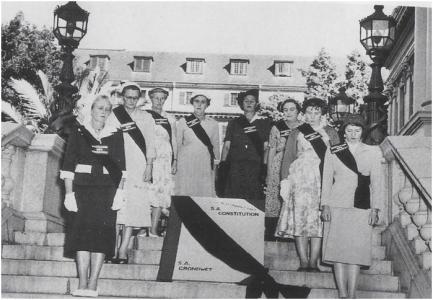Related Collections from the Archive
Related content
The South African photographer David Goldblatt has installed photographs of former criminals in prisons in Birmingham and Manchester. The portraits, part of a series called Ex-Offenders, show men and women at the scene of their crimes, with accompanying texts that relate the subjects’ stories in their own words. Goldblatt has previously focused on ex-offenders in South Africa and worked with the arts organisation Multistory in West Bromwich to bring the project to the UK.
His new subjects include Adellah Snape, a woman from Birmingham who became addicted to crack cocaine and heroin, resorted to sex work and was arrested 64 times for shoplifting, and Trenton Oldfield, an Australian who disrupted the 2012 Oxford vs Cambridge boat race in a protest against the corruption and elitism of the British political system.
“I call them ex-offenders—I don’t call them convicts, I don’t call them prisoners—because, almost invariably, they all want never to go back to prison and want nothing more to do with the crimes for which they were sentenced,” Goldblatt says.
For the first time, the works have been installed exclusively for an audience of incarcerated men. In HM Prison Birmingham, around 40 images have been hung on the walls between cells, while in HM Prison Manchester, 20 works have been installed in the prison chapel. Two inmates have been trained to act as guides for the exhibitions.
The series is normally presented using specially designed displays with the ex-offenders' stories at reading level directly below each portrait. “We’re not allowed to have anything in those [displays] that could be turned into a weapon. So we can’t knock nails into walls, we can’t make frames,” Goldblatt says. A solution was found by mounting the photographs and texts onto foam core and hanging them with Velcro. “Whether they’ll tear them down or piss on them or enjoy them, I’ve got no idea.”
Goldblatt’s work is also in a display of Jean Pigozzi’s African art collection, on view at the Fondation Louis Vuitton in Paris (until 28 August), and the Centre Pompidou is planning a career survey in spring 2018.
 David Goldblatt, Willie Bester’s sculpture of Sarah Baartman covered in cloth by students of the Rhodes Must Fall Movement. Main Library, University of Cape Town, 14 May 2016
David Goldblatt, Willie Bester’s sculpture of Sarah Baartman covered in cloth by students of the Rhodes Must Fall Movement. Main Library, University of Cape Town, 14 May 2016
Both shows include photographs taken at the University of Cape Town during the recent student uprisings over housing, tuition and racial inequality. The protests resulted in the removal from the campus of a statue of the British colonialist Cecil Rhodes, the burning of dozens of paintings and photographs, and the covering-up of other works deemed offensive by students. This included a sculpture by the mixed-race South African artist Willie Bester of Saartjie Baartman, a Khoikhoi woman who was exhibited throughout Europe in the 19th century as an ethnological curiosity known as the Hottentot Venus.
The university response to the destruction was to appoint a committee to remove or conceal any art on campus that could be considered offensive to black students. “I thought this was an extremely short-sighted policy. It was effectively an abrogation of the freedom of expression,” Goldblatt says. He withdrew his archive and the collection of works he had promised as a bequest to the university. “By leaving my work there, I would be endorsing that policy. I make all kinds of compromises in my life—I’m a sinner from way back—but I will not compromise about my work.”
Goldblatt is one of South Africa's leading documentarians of the apartheid era, capturing in stark detail life on both sides of the racial divide, and the loss of his archive has been felt as a blow to the country’s cultural heritage. Reports in the South African press have said that Goldblatt will bring the collection to the US, but the photographer would not comment on its future home. “There are people who are saying that I shouldn’t take my work out of the country because it belongs to South Africa,” Goldblatt says. “What I’m planning to do is to ensure that wherever the work goes, there will be a digital archive in South Africa, so it’s still available for study purposes.”
